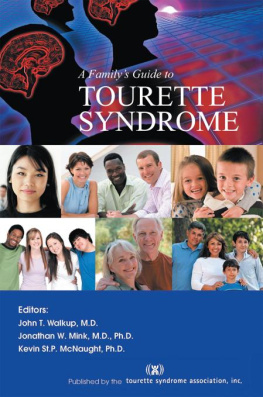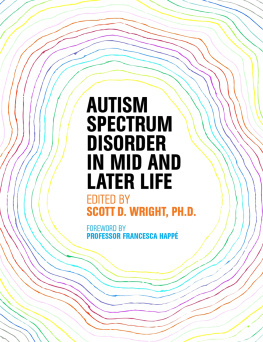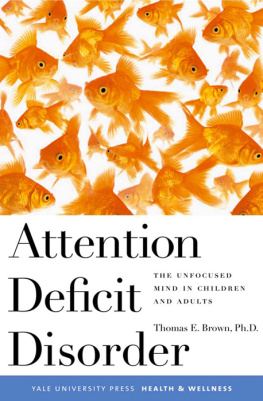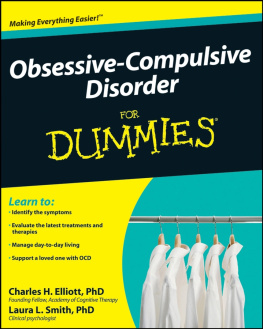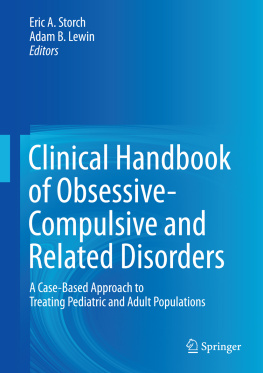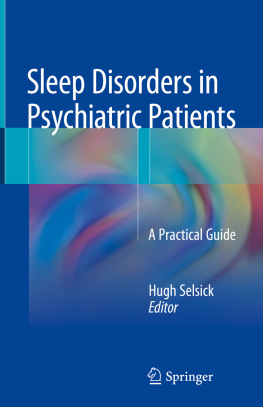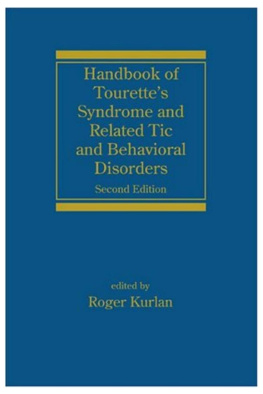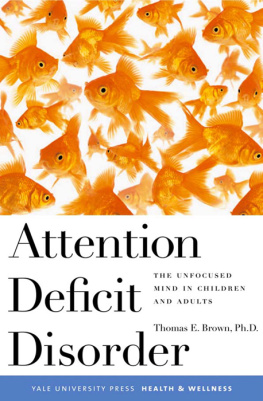Treating Tourette
Syndrome and
Tic Disorders
A Guide for Practitioners
Edited by
DOUGLAS W. WOODS JOHN C. PIACENTINI JOHN T. WALKUP
Foreword by Peter Hollenbeck
T HE G UILFORD P RESS New York London
To my family, Laurie, Sullivan, and ZacharyDWW
To my family, Caroly, Nick, James, Laura, and EricJCP To my loving wife, JenniferJTW
About the Editors
Douglas W. Woods, PhD, is Associate Professor of Clinical Psychology and Director of Clinical Training at the University of WisconsinMilwaukee. He received his doctorate in clinical psychology from Western Michigan University in 1999. Dr. Woods is a recognized expert in the assessment and treatment of tic disorders and trichotillomania. He has written or cowritten over 90 articles and book chapters on these topics and has presented his work nationally and internationally at numerous conferences and invited talks. Dr. Woods is a member of the Tourette Syndrome Association Behavioral Sciences Consortium and its Medical Advisory Board, and serves on the Scientific Advisory Board of the Trichotillomania Learning Center. He has been funded by the Tourette Syndrome Association Grants Program and the Trichotillomania Learning Center Grants Program, and is currently funded by the National Institutes of Health as part of two separate multisite research projects investigating the efficacy of behavior therapy for children and adults with Tourette syndrome.
John C. Piacentini, PhD, is Professor of Psychiatry and Biobehavioral Sciences in the David Geffen School of Medicine at the University of California at Los Angeles, and Director of the UCLA Child OCD, Anxiety, and Tic Disorders Program in the Semel Institute for Neuroscience and Human Behavior. He received his doctorate in clinical psychology from the University of Georgia and completed postdoctoral research training at the New York State Psychiatric Institute at Columbia University, where he was a faculty member prior to moving to UCLA in 1995. Dr. Piacentini has written over 125 articles, book chapters, and books,
About the Editors
vii
viii About the Editors
and is the recipient of multiple National Institutes of Health and other grants pertaining to the etiology, assessment, and treatment of Tourette disorder, obsessivecompulsive disorder, and other child anxiety disorders. He is the Chair of the Tourette Syndrome Association Behavioral Sciences Consortium and the Comprehensive Behavioral Intervention for Tics Studies Steering Committee, a Founding Fellow of the Academy of Cognitive Therapy, and a member of the American Board of Clinical Child and Adolescent Psychology. Dr. Piacentini serves on the editorial boards of several leading mental health journals and is actively involved in national and international efforts to promote evidence-based practice methods for the care of child mental health problems.
John T. Walkup, MD, is Associate Professor of Psychiatry and Behavioral Sciences and Deputy Director of the Division of Child and Adolescent Psychiatry, Johns Hopkins University School of Medicine. He is the Principal Investigator of the National Institute of Mental Health-funded Johns Hopkins Research Unit of Pediatric Psychopharmacology and Psychosocial Interventions and has been the Principal Investigator on a number of large-scale, federally funded clinical trials evaluating both pharmacological and psychosocial treatments for childhood depression, anxiety, bipolar disorder, teen suicide, and tic disorders. Dr. Walkup is Chair of the Medical Advisory Board of the Tourette Syndrome Association and past chair of the National Institutes of Health Initial Review GroupChild Psychopathology and Developmental Disabilities. For the past 3 years, he has been honored by the American Academy of Child and Adolescent Psychiatry as a Master Clinician. He is the author of a number of articles and book chapters on Tourette syndrome, obsessive compulsive disorder, other anxiety disorders, and psychopharmacology.
Foreword
You are fortunate to have picked up this particular volume on the management of Tourette syndrome (TS). Our view of TS as a disorder, as a subject for diagnosis, and as a focus for integrated clinical care has advanced rapidly in recent years. The professional view of TS has undergone a sea change, from being considered an idiosyncratic and rare disorder to being recognized as a more common, model neuropsychiatric disorder. This is nowhere truer than in the theme of this volume: comprehensive, multidisciplinary treatment. TS, like most neuropsychiatric disorders, cannot be cured at present, and so the goal is to bring all available approaches to bear to promote the best possible function and healthy development in patients. Even this collection will be superseded some day, but for now it is the most timely and comprehensive compendium of what we know about managing TS. The questions will remain the same whatever the status of the field: What exactly is TS? What are its related problems? How is it assessed? How, and by whom, should it be managed?
Since TS was recognized and named by Gilles de la Tourette and Jean-Martin Charcot in the late 19th century, its diagnosis and treatment have followed an awkward trajectory. Its conception by Gilles de la Tourette as a neurological disorder with organic origins contrasted with the psychological view of many other disorders that was promulgated in that era. But this conception did not persist for long. In fact, until recent years TS had been abandoned in turns by both biologically and psychologically oriented clinicians, whose divergent approaches to treatment rarely intersected in the clinic. In the 1970s the dramatic results of haloperidol treatment for severe TS provided a triumph for the biological view of the disorder and at last placed TS firmly in the realm of neu-
Foreword
xi
xii Foreword
rological disease. Work on the biological origins and medical treatment of Tourette has proceeded apace since then and has included clinical tri-als of other medications, neuroimaging, neurophysiological, and neuropathological studies, and gene hunting. More recently, insights about the brains motor circuitry have given rise to a promising behavioral approach to TS. We are now poised to reject the old dichotomy between neurology and behavioral science and recognize a wide range of useful approaches. This volume lays out a new synthesis: the knowledge and expertise of neurologists, psychiatrists, psychologists, educators, social workers, and parents canand shouldbe brought to bear to ameliorate the effects of TS and its comorbid disorders.
What about those with comorbid disorders? During most of the past century TS was recognized only in its most extreme manifestations, such as florid or self-injurious motor tics and coprolalia. This narrow perspective placed the focus entirely on the observable tics (while also erroneously consigning TS to the status of being a very rare disorder). Work in recent years has yielded two important insights: First, we recognize that the premonitory urges that precede and perhaps impel the tics are sometimes as great a burden for patients as the tics themselves. Sec-ond, TS has been recognized as a complex phenotype that includes not just tics but also one or more disorders that often occur in association with it. The most common comorbid conditions are attention-deficit/ hyperactivity disorder, obsessivecompulsive disorder, and a handful of other behavioral and affective disorders. In order to select appropriate treatment for a patient, it is essential to discern accurately between TS alone and TS accompanied by one or more of these comorbid disorders. It may be the tics that bring patients with TS into the clinic, but when comorbid disorders are present, they may result in more functional impairment than the tics themselves. As a result, the comorbid disorders will often be the major focus of treatment. The extent to which tics alone impair functioning is difficult to estimate, as is the related question of exactly how often TS is accompanied by comorbid disorders. The population that presents in the specialty clinic will obviously be self-selected for greater impairment. Although this self-selection process hinders accurate estimates of the prevalence of different phenotypes, it is clear that a significant part of the total disability burden of TS derives from comorbid disorders and not from tics alone. Thus, accurate evaluation and successful management of patients with TS can be very challenging, and the complexity of the phenotype demands the sort of multidisciplinary treatment described in this volume.
Next page


